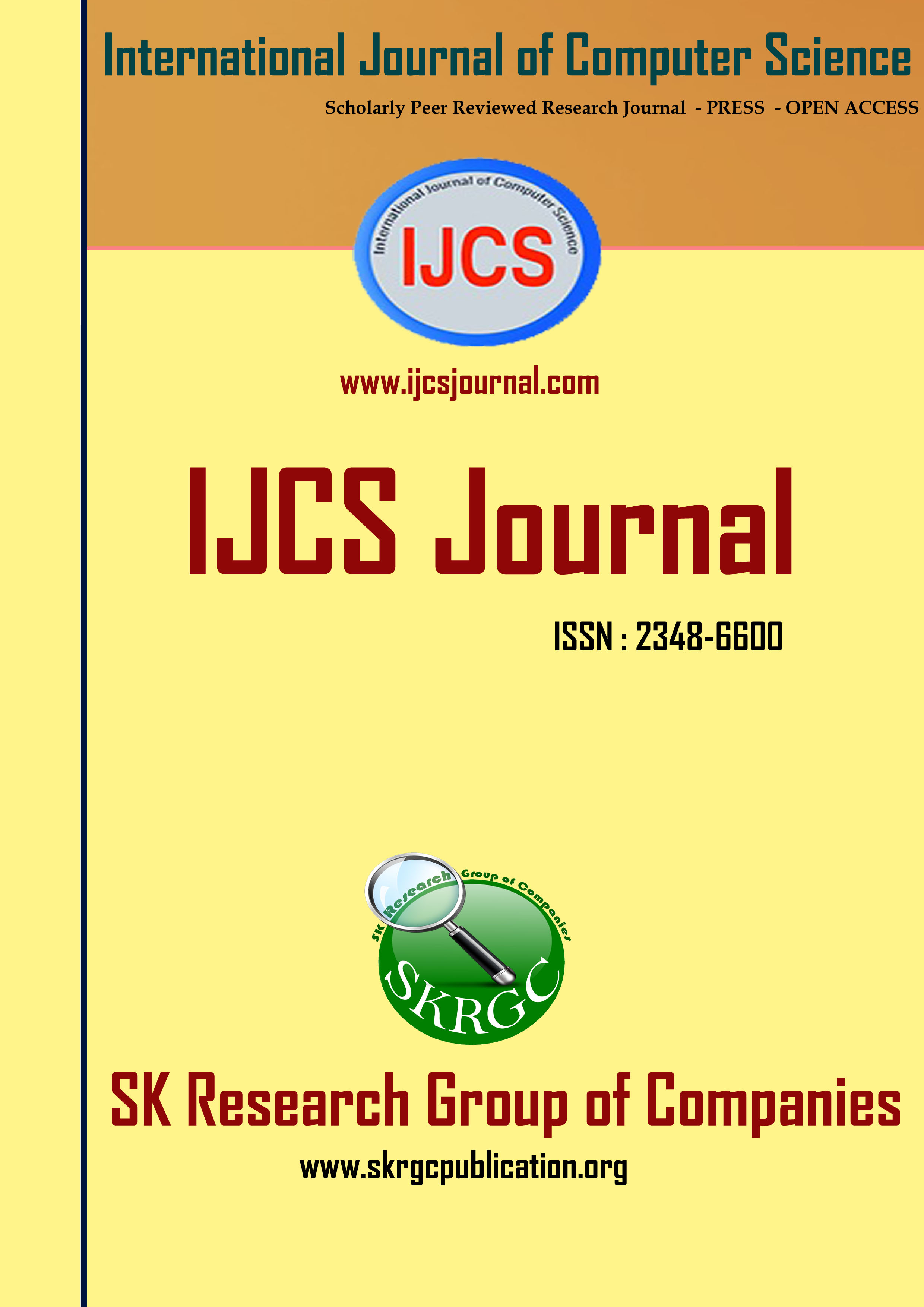STRENGTH CHARACTERISTICS OF SELF-CURING CONCRETE
International Journal of Computer Science (IJCS) Published by SK Research Group of Companies (SKRGC)
Download this PDF format
Abstract
Today concrete is most widely used construction material due to its good compressive strength and durability. Depending upon the nature of work the cement, fine aggregate, coarse aggregate and water are mixed in specific proportions to produce plain concrete. Plain concrete needs congenial atmosphere by providing moisture for a minimum period of 28 days for good hydration and to attain desired strength. Any laxity in curing will badly affect the strength and durability of concrete. Self-curing concrete is one of the special concretes in mitigating insufficient curing due to human negligence paucity of water in arid areas, inaccessibility of structures in difficult terrains and in areas where the presence of fluorides in water will badly affect the characteristics of concrete. The present study involves the use of shrinkage reducing admixture polyethylene glycol (PEG 400) in concrete which helps in self curing and helps in better hydration and hence strength. In the present study, the affect of admixture (PEG 400) on compressive strength, split tensile strength and modulus of rupture by varying the percentage of PEG by weight of cement from 0% to 2% were studied both for M20 and M40 mixes. It was found that PEG 400 could help in self curing by giving strength on par with conventional curing. It was also found that 1% of PEG 400 by weight of cement was optimum for M20, while 0.5 % was optimum for M40 grade concretes for achieving maximum strength without compromising work ability
References
[1] Marianne Tange Hasholt, Ole Mejlhede Jensen, Konstantin Kovler, Semion Zhutovsky “Can superabsorent polymers mitigate autogenous shrinkage of internally cured concrete without compromising the strength.” Construction and Building Materials 31, 226–230 [2011].
[2] M. Manoj Kumar, D. Maruthachalam “Experimental Investigation on Self-curing concrete”. International Journal of Advanced Scientific and Technical Research, volume 2, Issue 3, March-April [2013.]
[3] Ole Mejlhede Jensen, Per Freiesleben Hansen “Water-entrained cement-based materials II. Experimental observations.” Cement and Concrete Research 32, 973-978 [2002].
[4] Patel Manishkumar Dahyabhai, Prof. Jayeshkumar, R. Pitroda “Self-curing concrete: new technique for concrete curing - a literature review”. Journal Of International Academic Research For Multidisciplinary volume 1, Issue 9, October [2013].
[5] M.V.Jagannadha Kumar, M. Srikanth, K. Jagannada Rao “strength, Characteristics of self-curing concrete” IJRET , Vol: 1, Issue:1,pp 51-57, September [2012].
[6] A.Aielstein Rozario, Dr.C.Freeda Christy, M.Hannah Angelin “Experimental Studies on Effects of Sulphate Resistance on Self-Curing Concrete” International Journal of Engineering Research & Technology (IJERT) ISSN: 2278-0181 Vol. 2 Issue 4, April [2013].
[7] J. Saran Kumar, Dr. T Suresh Babu “Effect of self-curing compound (using peg-400) on strength and stress-strain behaviour of m25 concrete mix”. International journal of engineering research-online Vol .3 Issue.5, ISSN:2321-7758, Sep-Oct [2015].
[8] Nirav R Kholia, Prof. Binita A Vyas, Prof. T.G. Tank “Effect on concrete by different curing method and efficiency of curing compounds – a review”. International Journal of Advanced Engineering Technology vol.2, Issue 2, E-ISSN 0976-3945 April-June [2013].
Keywords
Self-curing concrete; Water retention; Relative humidity; Hydration; Absorption; Permeable pores;

